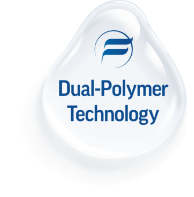


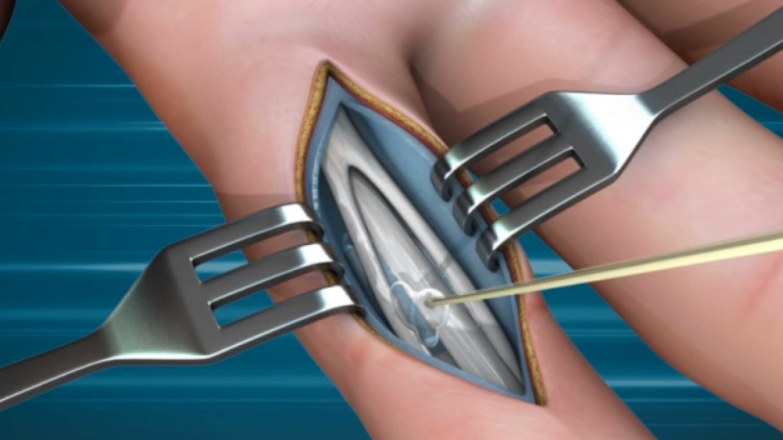
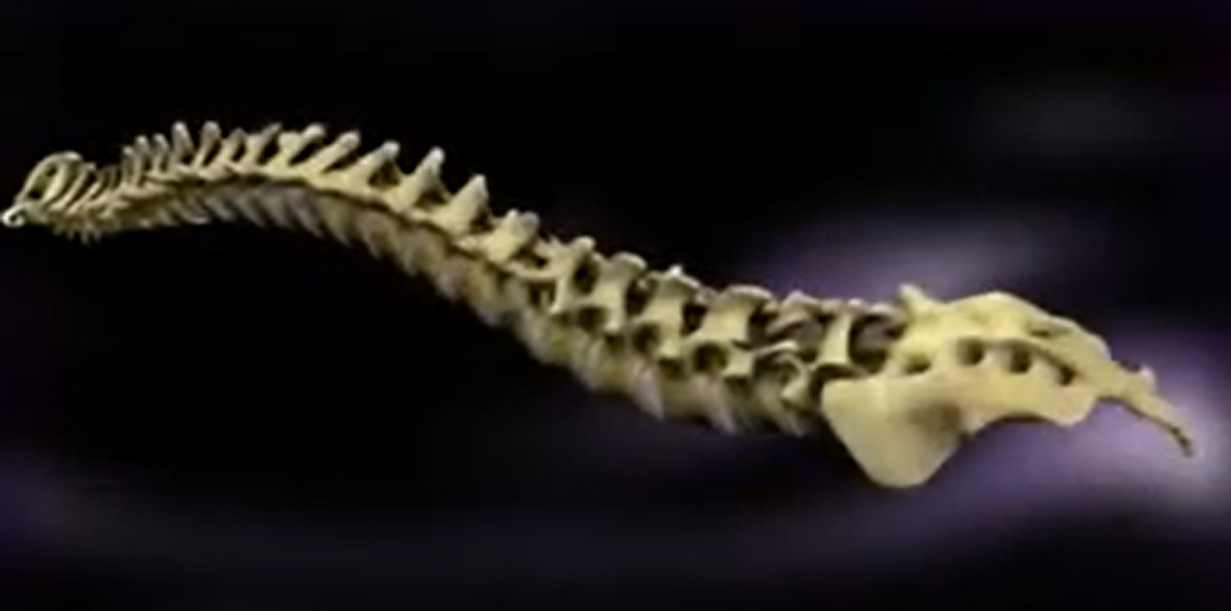
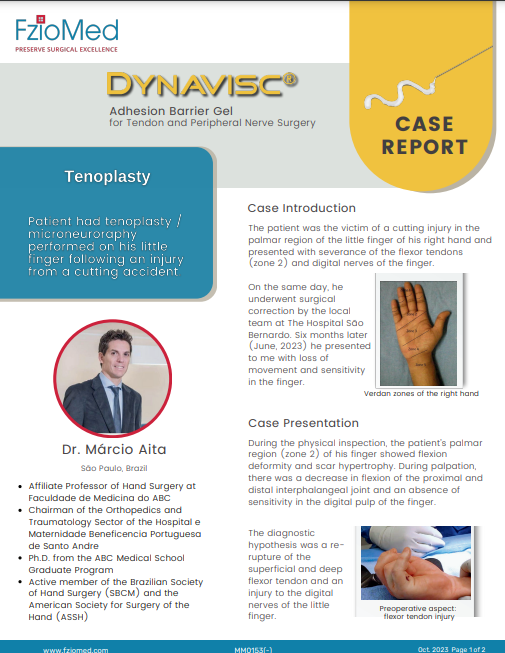
Dynavisc gel used in tenoplasty / microneuroraphy of little finder after cutting accident. Dr. Márcio Aita, Case Report 2023
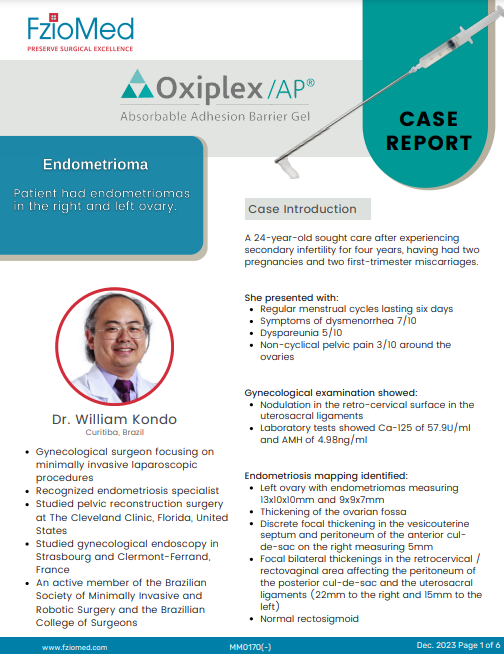
AP gel used on endometrioma on right and left ovary, Dr. William Kondo, Case Report 2023
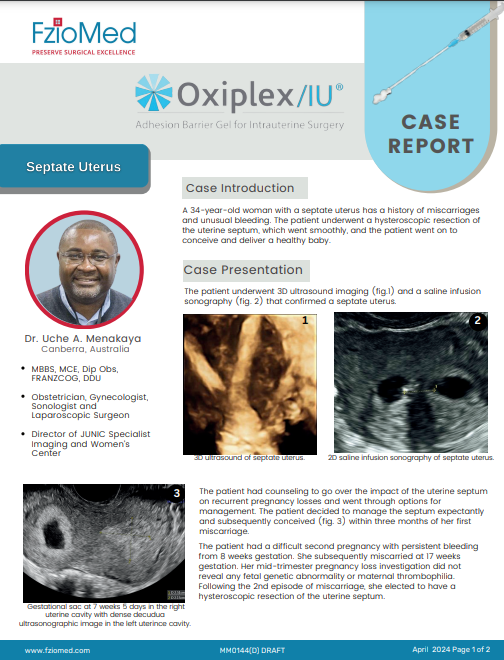
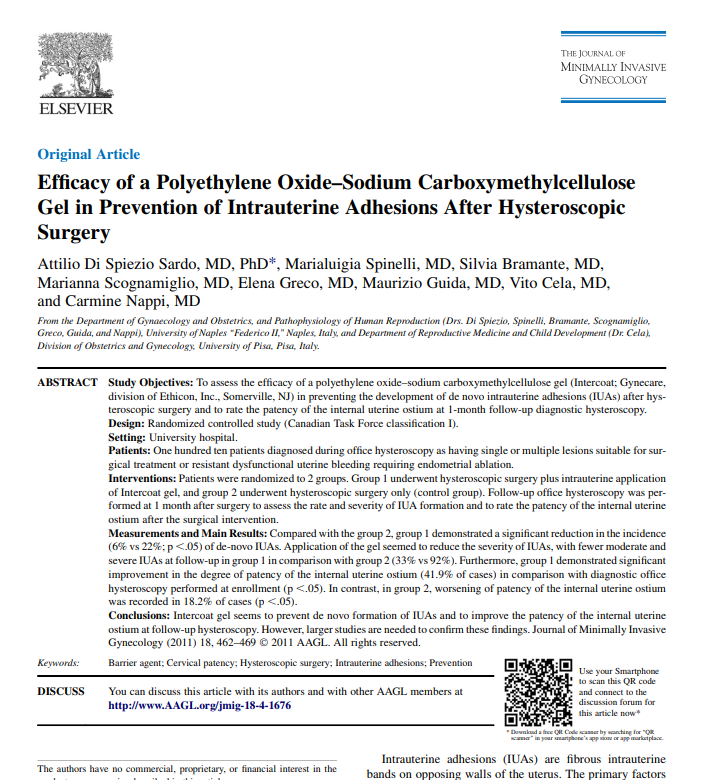
Efficacy of a PEO-sodium CMC gel in prevention of intrauterine adhesions after hysteroscopic surgery, Min. Invasive Gynocology, Di Spiezio Sardo, 2011

Oxiplex reduces leg pain, back pain, and associated symptoms after lumbar discectomy. Spine 2012, Rhyne et al.




